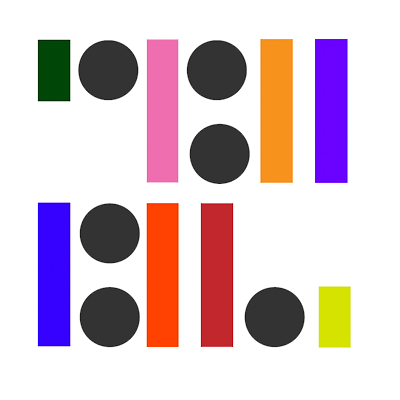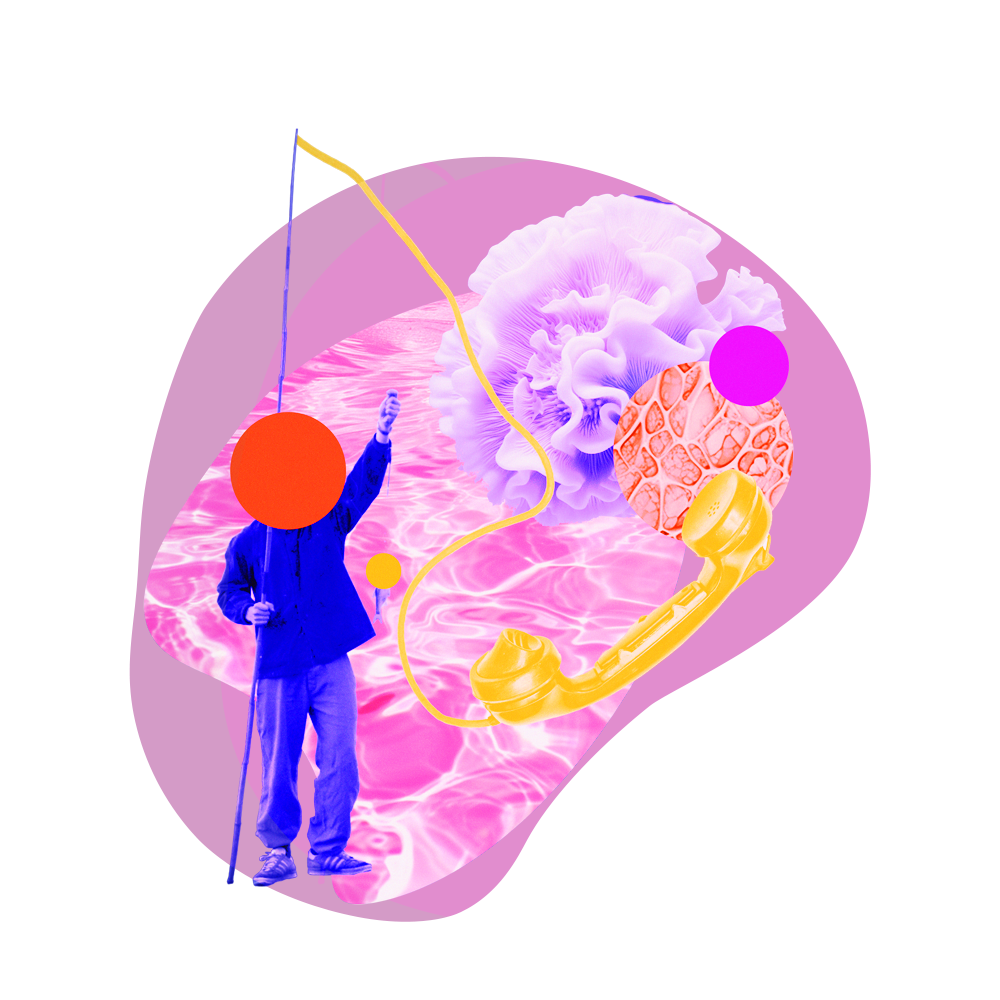How do we tell stories with living, messy data—like a jar of kimchi?
• 30. November & 7. December
• Sundays, 11am- 3pm CET
• IRL! at School of Machines in Berlin, Mitte
• Small class of participants
• Sign-ups end one week before class begins
Artist / Student (Full Time)
€95*
Freelancer
€105*
Professional
€125*
Generous Supporter Ticket
€145*
course
description
This in-person intensive course introduces participants to creative data collection and storytelling tools across both analog and digital mediums. Specifically, we’ll explore data storytelling through the lens of fermentation. Across two sessions spaced a week apart, we’ll document the changes of kimchi and turn it into a creative data story. Participants will start their ferment together in the first session, learn how to track its changes, and sketch out a visual, sonic, or tactile narrative. Between sessions, they’ll monitor their ferment and gather data. In the second session, we’ll come back together to share our stories, merge the data to create a larger one, and taste each other’s experiments.
Data is often treated as static, objective, and impersonal—something precise and detached from human experience. But in reality, data is full of bias, ambiguity, and interpretation, especially when it’s collected by hand, in context, and over time. This course invites participants to challenge traditional notions of data by working with something truly alive: fermentation. By documenting the same microbial process in different jars, kitchens, or hands, participants will quickly notice: no two timelines are the same. Smell, texture, pH, and even the meaning of “done” are deeply subjective. This hands-on work becomes is meant to introduce participants to data humanism, revealing how personal, embodied, and unreliable data can be. In a moment where machine learning, surveillance systems, and “big data” shape our lives, it’s essential to pause and ask: where does this data come from? what kinds of data do we value, and why? This course offers an artistic data-backed response.
In this course you will explore
Data journaling & tracking: observational methods (smell, pH, texture, time, temperature, location, vessel)
Google Sheets: for organizing fermentation data
Intro to low-coding data design tools: RawGraphs, Sonifyer
Physical making tools (drawing, collage, clay, or sculpture): for participants who prefer tangible storytelling
Optional sensors: such as pH strips, thermometers, or phone-based tracking apps, to capture data
The course emphasizes tool selection as part of the storytelling process, encouraging participants to choose mediums that they are comfortable with or curious to test out.
course
outline
Day 1:
• Creative inspiration: fermentation visuals, sonifications, sensory stories – what mediums are already in your toolkit?
• Quick intro to low-coding tools o Sonifyer o VCV Rack o RawGraphs
• Practice guided exercise with self-collected data
• Quick intro to fermentation
• Ferment kimchi
• Data collection methods: temperature, smell, taste, pH, texture
• Closing
Day 2:
• Sharing our fermentation stories and data logs
• Merge the data sets – where is there overlap, divergence?
• Group tasting + informal critique: what did your ferment teach you?
• Hands-on creative time: sculpt, draw, map, code, sonify, or collage merged dataset
• Reflections and closing
who is this
class for?
This course is for anyone curious about fermentation, storytelling, or slow design. Ideal for artists, designers, technologists, and food lovers who want to get their hands dirty and rethink what data can be. No technical or fermentation experience needed.
meet the
instructor
Maxene Graze
Data Visualization Engineer, Researcher
With a background in biological and linguistic academic research, an interdisciplinary approach is the core of her data design practice. By day, she's a Senior Data Visualization Engineer at King. By night, she integrates data into some of her hobbies: ceramics, fermentation, and language learning. These hobbies serve as a basis to explore innovative methods in data design, including multisensory representations that combine visual, auditory, and haptic stimuli to enhance understanding and engagement with data. Her work aims to bridge the gap between human experience and data analysis.
datagrazing.com/

